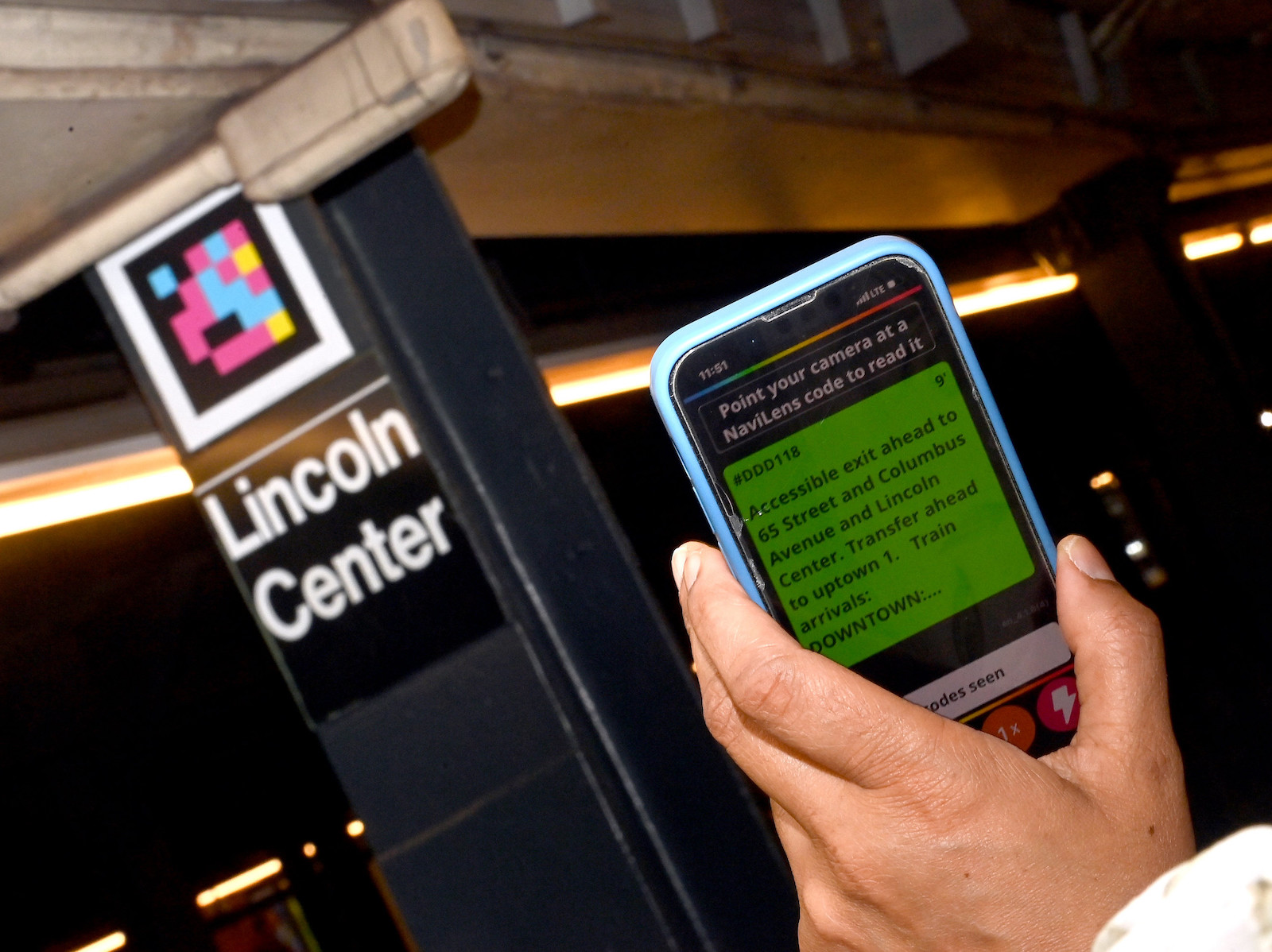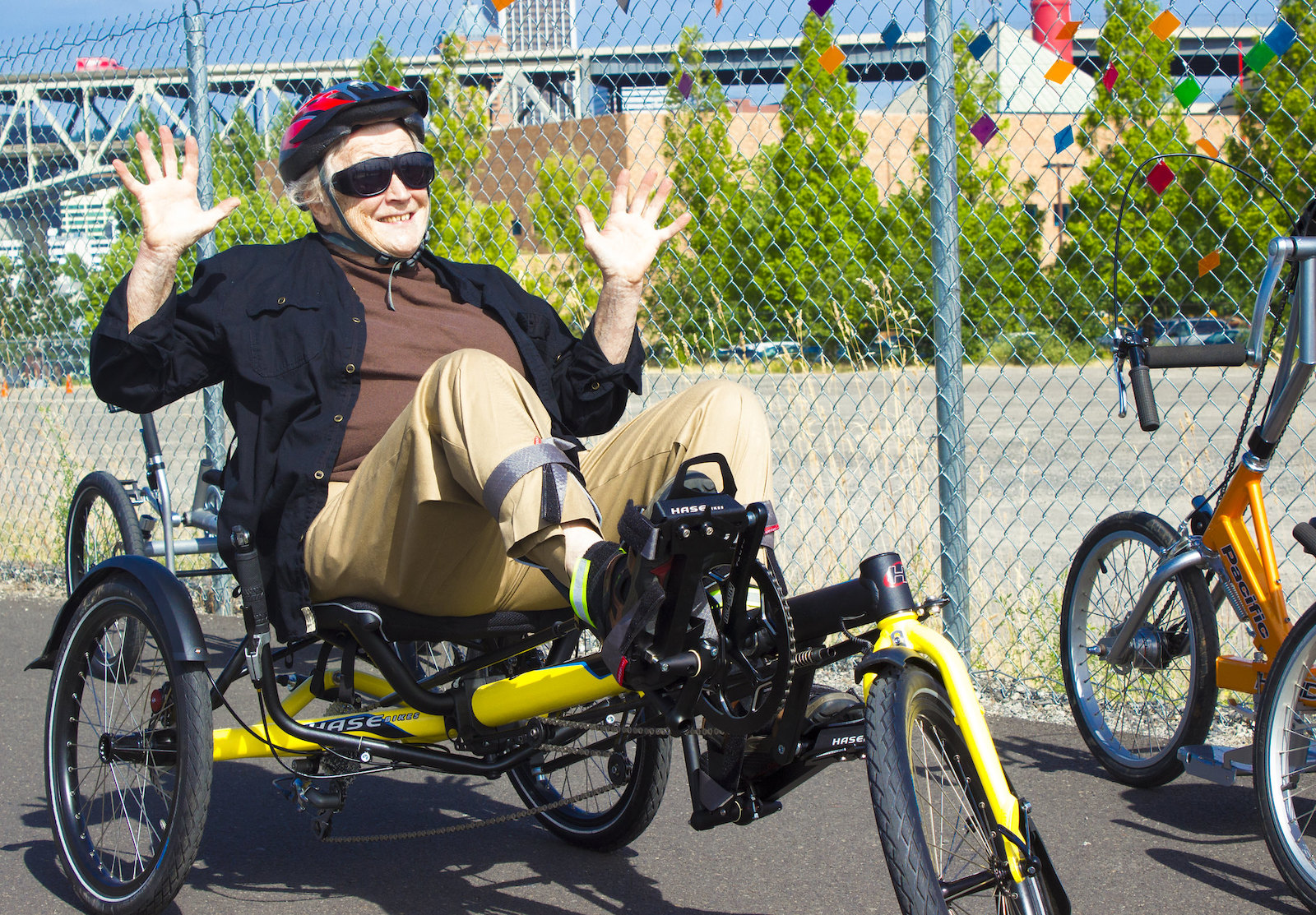Photo by Jon Tyson.
Transportation accounts for 28% of U.S. greenhouse gas emissions, making it the largest contributor to climate change. To meet the Paris Agreement's goal of limiting global warming to 1.5°C, the International Energy Agency (IEA) states that global CO₂ emissions must be reduced by 45% by 2030. Achieving this goal requires rethinking how we move, like reducing car dependency and promoting micro-mobility and electric vehicles (EVs). However, to be truly effective, these solutions must be accessible to everyone, particularly people with disabilities who face specific mobility challenges.
A mobility crisis for disabled individuals
For many people with disabilities, transportation isn’t just an inconvenience—it’s a profound challenge that impacts daily life and independence. The CDC reports that 14.4% of people with disabilities lack reliable transportation, compared to only 4.9% of those without disabilities. This gap highlights an urgent need for transportation options that are both sustainable and inclusive.
Navigating urban environments can be particularly difficult for some disabled individuals. Narrow sidewalks, insufficient ramps, and poorly designed public transit systems create significant barriers. Furthermore, micro-mobility options such as bikes and scooters often overlook accessibility, leaving many without viable alternatives and forcing reliance on private vehicles, which are not always affordable or sustainable.
In the UK, research from Transport for All’s "Pave the Way" report showed that while policies like low-traffic neighborhoods aim to reduce pollution, they can unintentionally limit mobility for disabled people in urban spaces. In the U.S., the Americans with Disabilities Act (ADA) has driven progress in accessible mobility, but it doesn't cover everything. Efforts, like the Public Right-of-Way Accessibility Guidelines (PROWAG), are stepping in to fix this. By advocating for wider sidewalks, improved curb ramps, and safer crosswalks, these guidelines aim to make sustainable cities more inclusive for everyone.

The New York City MTA expanded accessibility wayfinding features in certain subway stations. Photo by Marc A. Hermann / MTA
Micromobility: towards independence
Reducing car dependency is vital for curbing emissions, but we need to ensure that people with disabilities are part of this vision. Inclusive urban planning can include accessible shared and private mobility options as well as Mobility as a Service (MaaS).
Adaptive micro-mobility solutions are also gaining traction. A 2023 study from Texas A&M Transportation Institute found that adaptive e-bikes—such as tricycles, quadcycles, and bikes for those with lower body mobility issues—could serve the 32% of Americans expected to develop travel-limiting disabilities by age 80. Not only are these e-bikes easier to ride than traditional bikes, but they also provide mental and physical health benefits, offering riders a sense of freedom.
As bike and scooter-sharing programs expand, accessibility innovation is gradually evolving too. The French start-up Omni has developed a universal attachment that allows wheelchairs to connect to e-scooters. In partnership with TIER, they launched a rental program for wheelchair-accessible e-scooters in the Saint-Quentin-en-Yvelines town near Paris, improving access for the city’s 1.4 million wheelchair users. Still, some experts emphasize integrating micromobility with public transit systems and expanding programs like e-bike rebates to include accessible shared mobility options, which could benefit people without secure storage for personal vehicles or those with mobility issues.

Photo by Sarah Petersen / Portland Bureau of Transportation
Electric vehicles and accessibility
While reducing car dependency is crucial, EVs still remain an important part of the fossil-free equation. However, without proper oversight, they are not always accessible; for instance, batteries located in the vehicle's floor complicate wheelchair modifications.
To be truly inclusive, vehicles and charging stations must be designed with accessibility from the outset. Federal policy is increasingly focusing on this, and new technologies, like autonomous vehicles, are being developed with the needs of disabled individuals in mind.
Inclusive mobility for everyone
Sustainability and accessibility aren’t mutually exclusive. In fact, they go hand-in-hand. The urgency to create fuel-free, accessible mobility solutions for people with disabilities cannot be overstated. Micro-mobility and electric vehicles hold the promise of a sustainable, inclusive future—but only if we prioritize inclusive design and integrate it thoughtfully into our transportation systems.
